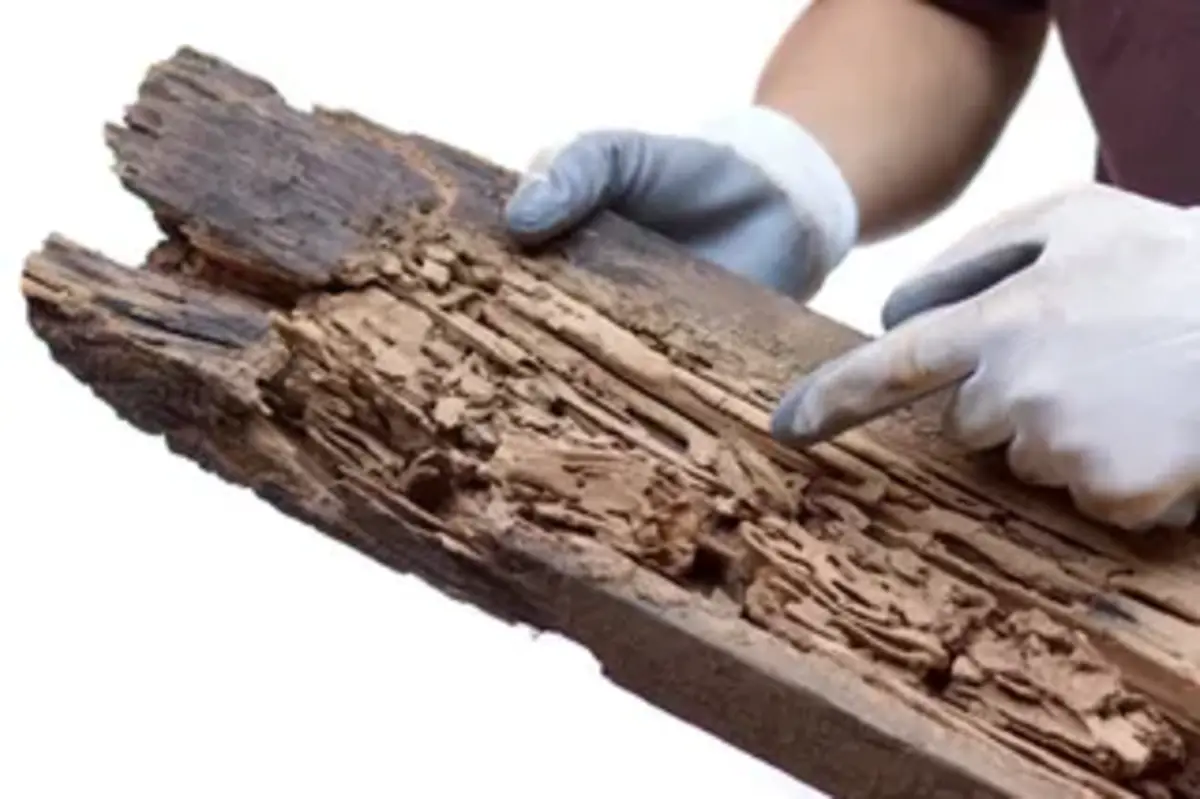When we think of damage Like Wood, our minds often conjure images of broken glass, crumpled metal, or scorched fabrics. However, a fascinating phenomenon occurs when other materials exhibit characteristics similar to wood once they are damaged. Understanding how and why certain materials can resemble wood when damaged involves exploring the intrinsic properties of materials, their responses to stress, and the transformative processes they undergo.
Material Properties and Damage Response o
Materials behave differently under stress based on their physical properties. Wood, for example, is a fibrous material known for its tensile strength and flexibility. When damaged, wood often splinters or cracks in a way that reflects its internal structure. This behavior is largely influenced by its natural composition and the way it handles forces.Like Wood
Similarly, materials like certain plastics, composites, and even some metals can exhibit wood-like damage under specific conditions. The key lies in understanding how these materials respond to stress and how their structural integrity changes as a result.Like Wood
Plastics and Composites
Plastics and composites are versatile materials used in a wide range of applications due to their customizable properties. However, when these materials are exposed to stress or damage, they can exhibit behaviors reminiscent of wood. For instance:
- Fiberglass Composites: Fiberglass, a composite material made from woven glass fibers embedded in a resin matrix, can display wood-like damage patterns. When fiberglass is cracked or broken, it often splinters along the fiber strands, similar to how wood splinters along its grain. This occurs because the glass fibers are aligned in a specific direction, giving rise to damage that follows the same directional pattern.Like Wood
- Plastic Deformation: Certain plastics, particularly those with a fibrous reinforcement like aramid fibers (e.g., Kevlar), can also show wood-like damage when subjected to severe impact. The plastic may crack or delaminate in a way that mirrors the splintering seen in damaged wood.Like Wood
Metals and Their Transformative Damage
Metals, while fundamentally different from wood in terms of composition and behavior, can still exhibit damage characteristics that parallel those of wood under certain conditions. For example:
- Aluminum and Impact Damage: When aluminum is subjected to a significant impact, it can develop a network of cracks and deformations that somewhat resemble the splintering pattern seen in damaged wood. The metal’s response to stress includes bending, cracking, and sometimes even fracturing along grain-like patterns, especially if it has been subjected to fatigue or stress corrosion.
- Steel and Crystalline Structures: High-carbon steels, which have a crystalline structure, can exhibit a type of damage where fractures propagate in a manner that resembles wood’s grain patterns. This is due to the alignment of the metal’s crystal structure, which can direct the path of cracks in a somewhat predictable way.Like Wood
Ceramics and Glass: Brittle Responses
Ceramics and glass are inherently brittle materials, meaning they fracture in a way that can be more predictable and patterned compared to more ductile materials. When ceramics or glass are damaged, the resulting fractures can sometimes resemble wood-like patterns:
- Ceramic Fractures: Ceramics often fracture along specific planes, resulting in sharp, clean lines that can, in some cases, resemble the splintered appearance of wood. The crystalline structure of ceramics dictates these fracture paths, creating a pattern that can be visually reminiscent of wood grain.Like Wood
- Glass Splinters: When glass breaks, it tends to create splinters or shards that might remind one of splintered wood. The radial patterns and sharp edges of broken glass can bear a superficial resemblance to the splintered edges of damaged wood.
The Process of Damage Transformation
The process through which a material becomes “like wood” when damaged often involves several stages. The initial response to stress varies based on the material’s properties, and the final appearance of the damage can resemble wood if the damage propagates in a manner similar to wood’s structural failures.Like Wood
- Initial Impact: The way a material initially responds to an impact or stress can set the stage for its subsequent damage. Materials with fibrous or layered structures, like wood, often exhibit a specific type of damage when stressed.
- Crack Propagation: How cracks or fractures propagate through a material can affect whether it resembles wood. For instance, materials that have directional properties, such as fiber-reinforced composites or crystals in ceramics, can develop damage patterns that are similar to wood.
- Final Damage Pattern: The final appearance of the damage depends on the material’s ability to fracture in a manner that mirrors the splintering or cracking observed in wood. Materials with similar internal structures or directional properties are more likely to show this resemblance.
Implications and Applications
Understanding how materials can exhibit wood-like damage patterns has practical implications across various fields:
- Engineering and Design: Engineers can use this knowledge to design more resilient materials that minimize undesirable damage patterns or mimic beneficial aspects of wood’s response to stress.
- Material Science: Researchers can study these damage patterns to develop new materials with specific properties or to improve existing materials by understanding how they fracture and fail.
- Art and Craft: In art and craft, recognizing how different materials can mimic wood-like damage can inspire innovative designs and techniques that take advantage of these characteristics.
Conclusion
The exploration of how different materials exhibit damage characteristics similar to wood unveils a fascinating interplay between material properties and structural responses. Whether it’s plastics and composites with fiber-like behaviors or metals and ceramics with specific fracture patterns, understanding these phenomena provides valuable insights into material science, engineering, and practical applications. By studying these patterns, we can improve material design, enhance durability, and even find creative uses for materials that mimic the intricate beauty of damaged wood.











